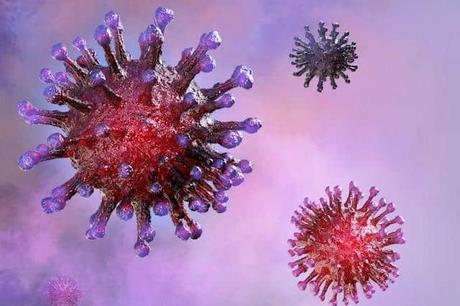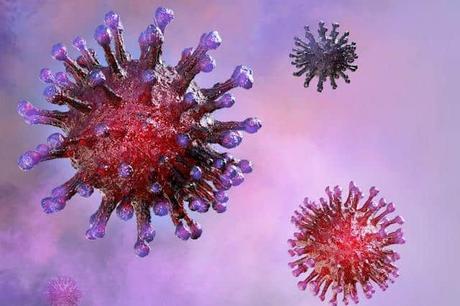Scientists detected Coronavirus on air pollution particles while examining whether this could enable infections to be carried over long distances and raise the number of people infected.
The work is preliminary, and whether the virus remains viable on pollution particles and in sufficient quantity to cause disease is yet to know.

The Italian scientists collect outdoor air pollution samples at one urban and one industrial site in Bergamo province using standard techniques. In multiple samples, they identified a gene highly specific to Covid-19. The detection was confirmed through blind testing at an independent laboratory.
Leonardo Setti, at the University of Bologna in Italy, who led the work, said it was essential to investigate if air pollution could carry the virus more widely.
“I am a scientist and I am worried when I don’t know,” he said. “If we know, we can find a solution. But if we don’t know, we can only suffer the consequences.”
Two other research groups have suggested that particles of air pollution could help coronavirus travel further in the air.
Setti’s team suggests doing statistical analysis that before a lockdown was imposed, higher levels of particle pollution could explain infection in parts of northern Italy at higher rates, and another preliminary study supports the idea. It is Europe’s one of the most polluted regions.
As neither of the studies by Setti’s team has been peer-reviewed, they have not been endorsed by independent scientists. But according to experts, their proposal is plausible and needs further investigation.
Previous studies disclosed air pollution particles do harbor microbes and that the viruses carried by pollution are likely to have caused bird flu, measles, and foot-and-mouth disease over considerable distances.
The question, how the Coronavirus is transmitted is linked to the potential role of air pollution particles. The virus-laden droplets from infected people’s coughs and sneezes of comparatively large size fall to the ground within a meter or two. But tiny droplets, even less than 5 microns in diameter, can remain for minutes to hours in the air and travel further.
Experts know that 2003 Sars coronavirus was spread in the air. However, they are not sure whether these tiny airborne droplets can cause coronavirus infections. They also know that the new virus can remain viable for hours in tiny droplets.
The importance of potential airborne transmission along with the possible boosting role of pollution particles should not be ruled out without evidence as per the researchers.
Prof Jonathan Reid at Bristol University in the UK is researching airborne transmission of Coronavirus. “It is perhaps not surprising that while suspended in air, the small droplets could combine with background urban particles and be carried around.”
He said, in tiny droplets collected indoors in China, the virus had been detected.
Setti said tiny droplets between 0.1 and 1 micron when coalesced with pollution particles up to 10 microns may travel further compared to on their own. The reason is that the combined particle is larger and less dense in comparison to the droplet and therefore remains buoyed by the air for longer.
“The pollution particle is like a micro-airplane, and the passengers are the droplets,” said Sett. Reid is more cautious: “I think the very small change in the size of the [combined] particles is unlikely to play much of a role.”
Prof Frank Kelly at Imperial College London said the idea was an interesting one that pollution particles carrying the virus further to a distance. “It is possible, but I would like to see this work repeated by two or three groups.”
Another expert, Prof John Sodeau at University College Cork, in the Republic of Ireland, said: “The work seems plausible. But that is the bottom line at the moment, and plausible [particle] interactions are not always biologically viable and may have no effect in the atmosphere.” He said it might take two or three years to confirm such findings in the ordinary course of scientific research.
Other research has indicated correlations between increased Covid-19 deaths and higher air pollution levels before the pandemic. Long-term exposure to dirty air that damages lung health could make people more vulnerable to Covid-19.


